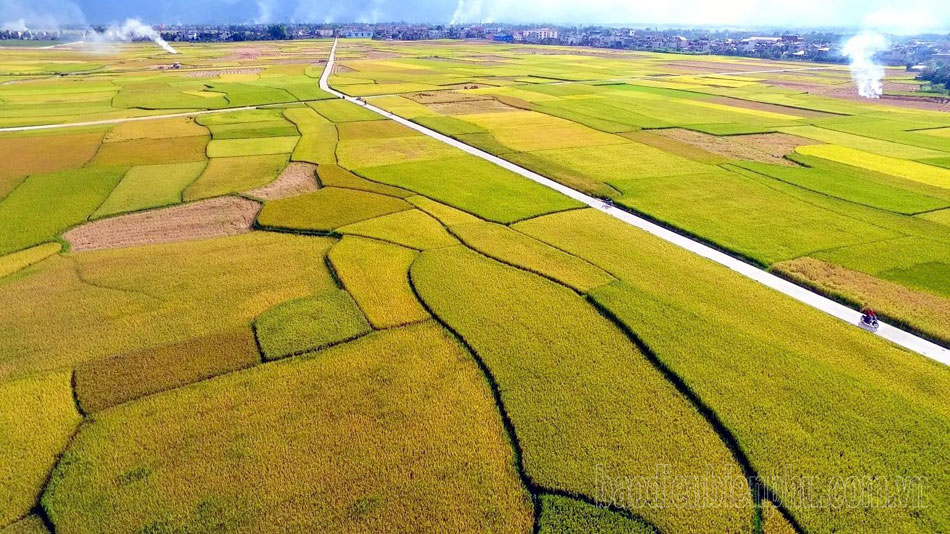
The land of "first Thanh..."
“Nhat Thanh, nhi Lo, tam Than, tu Tac” is a long-standing famous saying about the four large fields - the pride of the ethnic groups in the Northwest. Among them, Muong Thanh is in the first place. According to the legend of the Thai people, once upon a time, this land was associated with a giant with extraordinary strength named Ai Lac Cac. Ai opened up mountains and rocks to create hills, fields, and streams in the Northwest. His plowed furrows created the Da River and the Red River, and the mounds of soil from the plowed furrows that had not yet been harrowed created the surrounding mountain ranges. Muong Thanh field also came into existence from there, the field that Ai leveled and plowed. The story of Ai Lac Cac has been passed down from generation to generation by the ethnic groups here. Generations of local people respect and are grateful for Ai's pioneering work and are attached to the fields.
Over time, Muong Thanh has been considered a giant granary in the middle of the mountainous region. Moreover, with favorable soil and climate, the rice here is especially delicious. At the end of the 18th century, scholar Le Quy Don described this fertile field in his historical documents: "the mountains are all around... the land is flat and fertile... the farming work is half that of other regions and the harvest is twice as much..."

Born and raised in this land, Mr. Lo Van Cu (born in 1934), Him Lam 2 village, Him Lam ward, Dien Bien Phu city (Muong Thanh basin) once said: “Previously (before the French reoccupied Dien Bien Phu in 1954), Him Lam village had 30 households. People all lived purely on agriculture, relying on fields and fields, and most importantly, taking advantage of water resources to grow rice. Although the area was not large, production was still backward, only one crop, but every year they had enough food and clothing, living peacefully and happily”. The fertile, vast fields with many advantages were also one of the reasons why General Na - Va (French) chose Dien Bien as the place to build the stronghold, leaving behind so much pain for this place.
Witness a time of fire and smoke
In November 1953, Muong Thanh was peaceful and quiet, then disaster struck. From the sky, thousands of French soldiers parachuted into the basin, recapturing Dien Bien. People were herded into concentration camps, their properties were plundered, and fields were destroyed and abandoned. During the following months, Muong Thanh fields endured countless rains of bombs and bullets, bearing the marks of fierce battles between our army and people against the French colonialists.
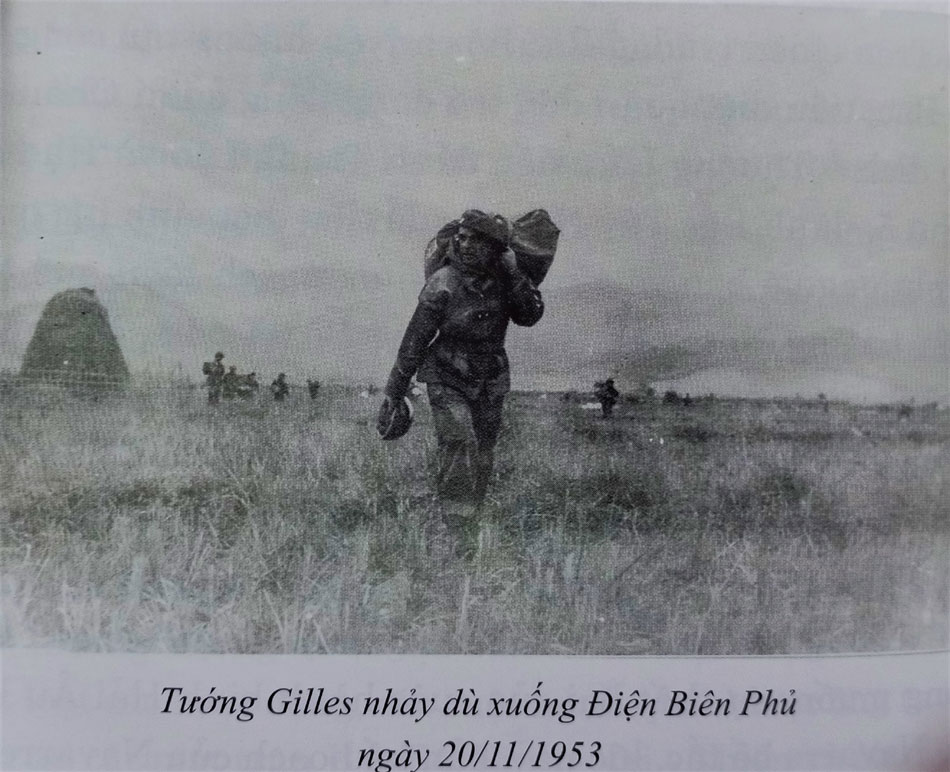
Dien Bien soldier Nguyen Huu Chap (residential group 20, Him Lam ward), who was then the captain of the 82 mortar, Company 290, Battalion 166, Regiment 209, Division 312, recalled: “Preparing to open the Campaign, the soldiers stayed in the forest during the day and secretly dug trenches in the fields at night to get closer to the enemy's stronghold. Before the battle at Him Lam, I and many of my comrades marched into the battlefield, hiding in trenches in the fields in the Him Lam area. At that time, the people had been herded into concentration camps by the French, the fields were abandoned, grass grew as tall as people. Everyone was anxiously waiting for the time to open fire.”
The memories of the battles are still fresh in the minds of the Dien Bien soldiers of the past. Every inch of land, tree, and blade of grass on the Muong Thanh field is soaked with the sweat and blood of the brave heroes.
After the day of total victory (May 7, 1954), the Muong Thanh field no longer heard the sound of bombs and bullets but was full of war vestiges with trenches, craters, bombs, barbed wire... To revive life here, to revive Muong Thanh field, cadres, soldiers and people joined hands in a new war...
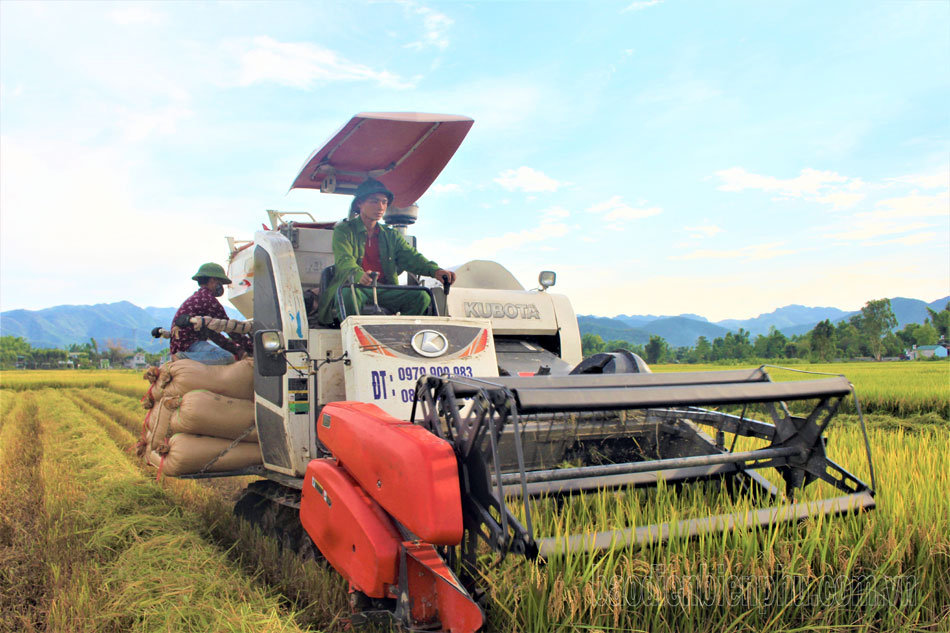
Reviving Muong Troi rice granary
Immediately after the liberation day, the movement to fill bomb craters and collect barbed wire in Muong Thanh fields to restore life and production was strongly implemented. “However, at that time, 3/4 of the fields were left empty, buffaloes and cows were grazed, people only cultivated one crop in the rainy season, and monocultured rice. People had to block rivers and streams to dilute irrigation ditches for the fields. They also lost all their property after the war, so people had a lot of difficulties, lacking food and clothing” - Mr. Lo Van Hac, a senior of Noong Nhai 2 village, Thanh Xuong commune, Dien Bien district, recalled. To expand the area and productivity of this once most fertile field in the Northwest, in 1962, the Party and State decided to invest in building the Nam Rom irrigation project to irrigate the fields.
In 1963, the project officially started. More than 2,000 youth volunteers from Hanoi , Hung Yen, Thai Binh, Nam Dinh, Nghe An, Ha Tinh, Thanh Hoa... together with local ethnic people built the project in conditions of shortage on all sides. Over nearly 7 years (1963 - 1969), overcoming difficulties and sabotage by the enemy, the project was completed with the efforts and blood of countless youths; becoming the largest irrigation project in the Northwest region, the second largest in the country.
Former youth volunteer Tran Cong Chinh, currently Chairman of the Association of Former Youth Volunteers of Dien Bien Province, participated in the Nam Rom irrigation project, recalls: “At that time, everything was difficult, the tools were rudimentary, and human labor was the main factor. Food was scarce. But the hardest part was when the US bombed the North, during the day we couldn’t work, we only went out at 5-6pm to dig the ground, build the canal and rested at around 1-2am. Even so, danger was always lurking, 7 youth volunteers were killed by bombs and bullets, some cases remained in Dien Bien while carrying out their mission.”
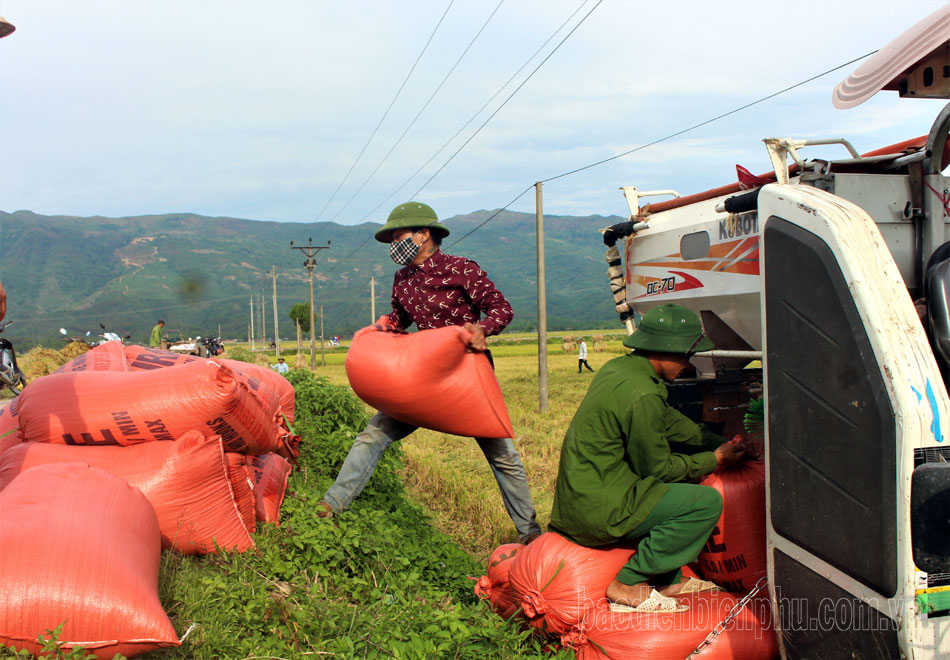
The completion of the Nam Rom irrigation project has not failed the efforts and sacrifices of the young people who devoted themselves to the Fatherland; promoting the role of irrigating the largest rice granary in the Northwest region. Since then, the cultivated area of Muong Thanh field has been expanded from 2,000 hectares to about 6,000 hectares. Dien Bien farmers have been able to cultivate 3 crops/year (2 rice crops, 1 color crop), with an average rice yield of 63 quintals/ha, bringing in a stable income. Thanks to the alluvial deposits, the convergence of the quintessence of heaven and earth and the cool water from the Nam Rom irrigation project, the Dien Bien rice brand has become increasingly famous far and wide, a typical agricultural product associated with this historic land.
New attractive destination
Not only is it a place that supplies rice, ensuring food for the province, but now Muong Thanh field is also an attractive destination for tourists when they come to Dien Bien. In the tours and routes of travel companies, it is often impossible to miss the stop to visit the "Nhat Thanh" field. Each season, this place has its own beauty. In the planting season, the rice fields are connected to each other, shimmering on the water like a giant, endless mirror; everywhere is bustling, bustling with the voices of farmers, the sound of mechanized machinery, joyful as a festival going to the fields. When the young rice season comes, this place seems to be wearing a green cloak, fresh and full of life. When the rice is heavy with flowers, the whole field turns golden yellow, fragrant with the smell of the homeland, the smell of peace and prosperity...
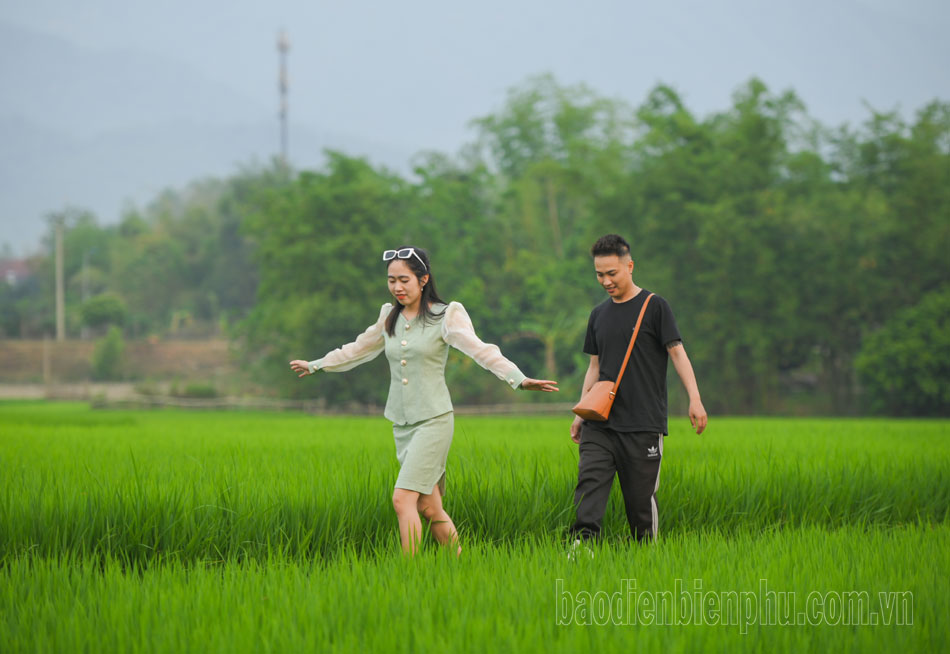
Recently, on a journey to explore Dien Bien, a famous facebooker and tiktoker with hundreds of thousands of followers on social networks - "Rot's Blog" also shared extremely beautiful and meaningful images and videos and praised Muong Thanh field. Rot wrote "Walking on the largest field in the Northwest, I was very moved and proud... I was able to admire the vast green fields, then the peaceful scene when the sunset fell. Rice fields are found everywhere in the 3 regions of Vietnam; but watching rice in the Northwest, where the altitude is more than 400m above sea level, surrounded by majestic mountain ranges, is completely different. An afternoon of satisfaction, a place that cannot be missed when having the opportunity to come to Dien Bien. Along with the season of Ban flowers, Muong Thanh field has created a strange attraction for me when I first came to the land of the far West".
Through the ups and downs of the border region, Muong Thanh field has affirmed its strong and everlasting vitality. Now, that vast field still surrounds historical relics, streets, villages and modern constructions... The new shape of the heroic land of Dien Bien Phu is changing day by day, becoming more bustling and developing, in the heart of the legendary "Nhat Thanh" rice granary.
Source



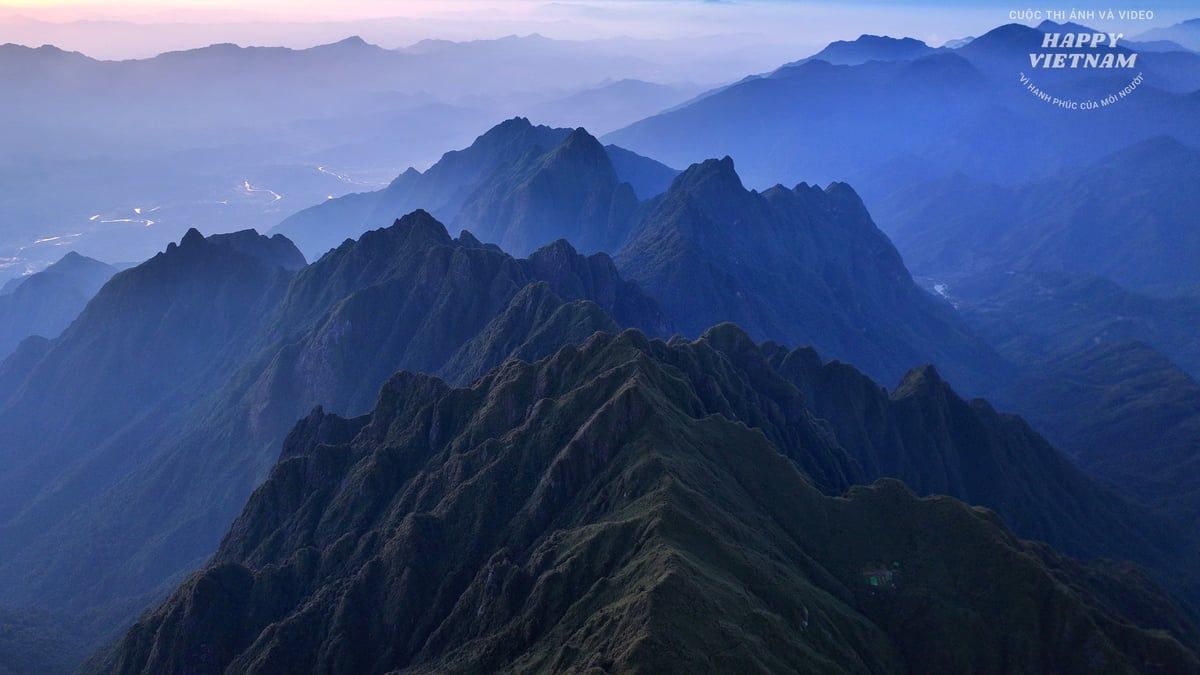















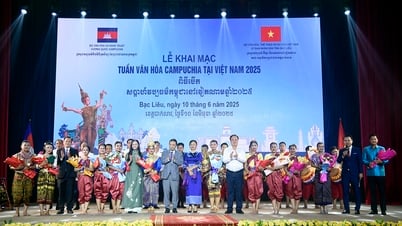
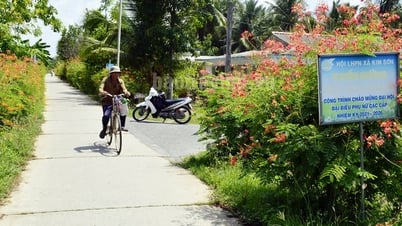






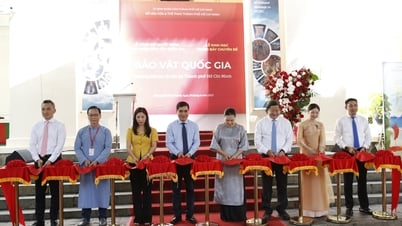





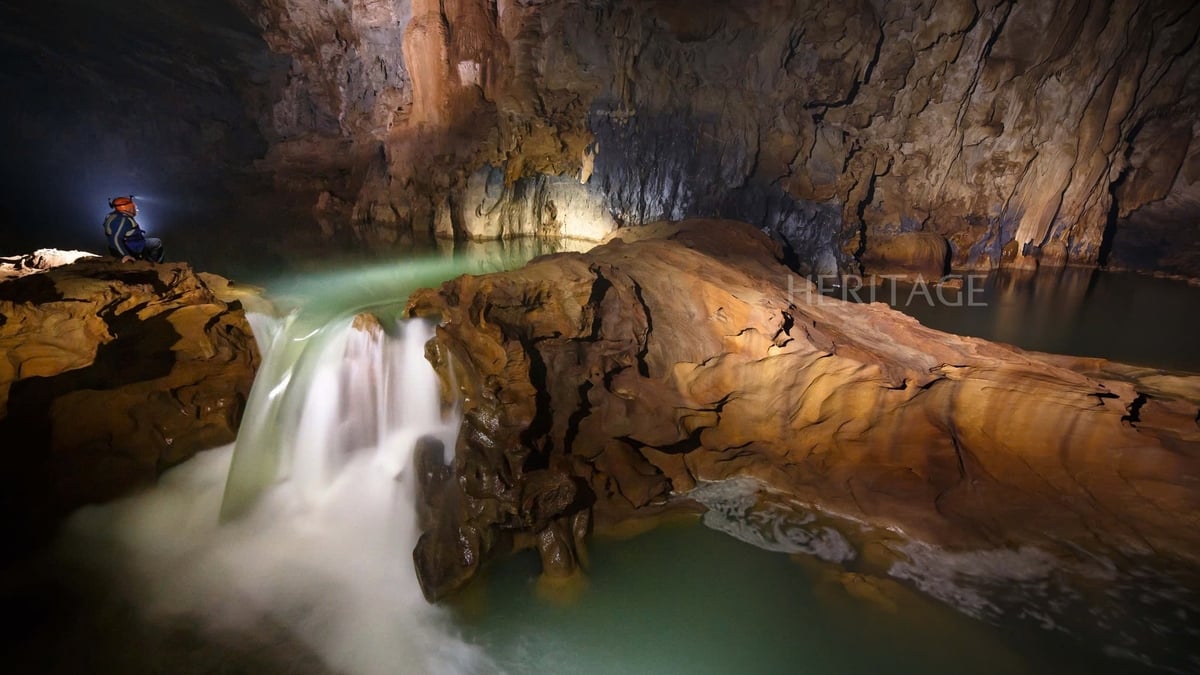
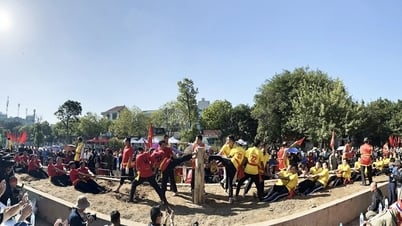

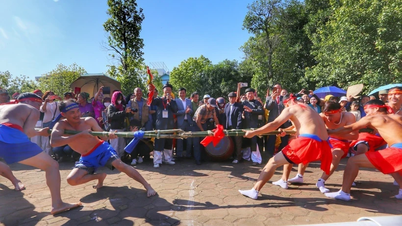

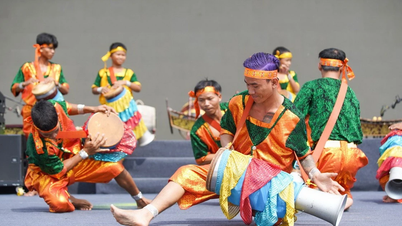


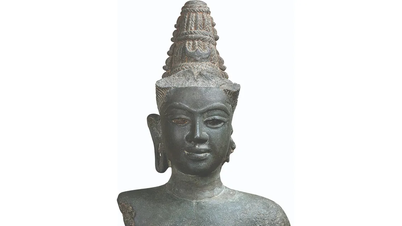

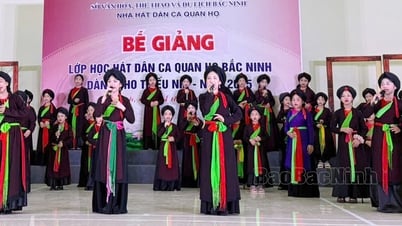



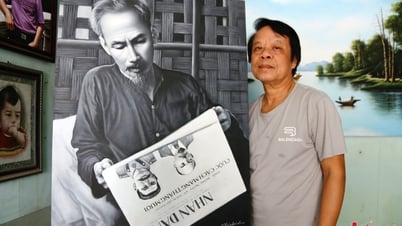



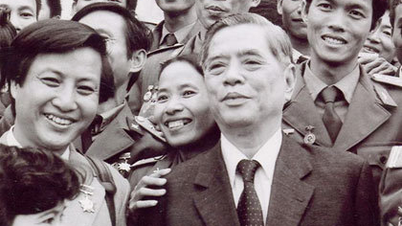









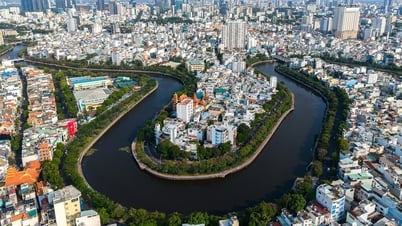
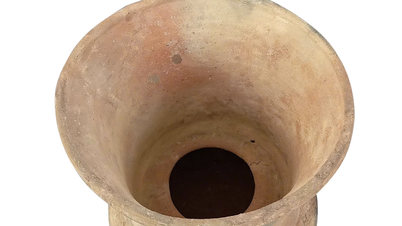



![[Infographic] Circular guiding the functions, tasks and powers of the provincial Department of Culture, Sports and Tourism and the commune-level Department of Culture and Social Affairs](https://vphoto.vietnam.vn/thumb/402x226/vietnam/resource/IMAGE/2025/6/29/877f24989bb946358f33a80e4a4f4ef5)

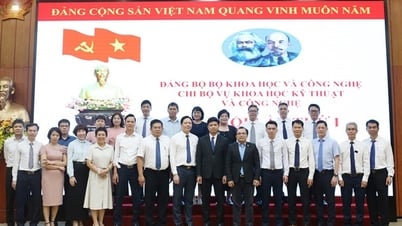


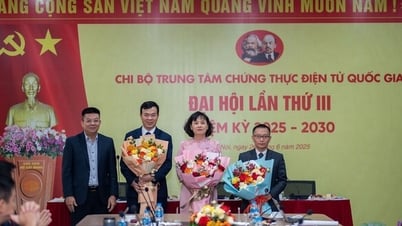




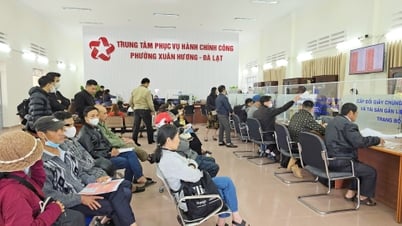
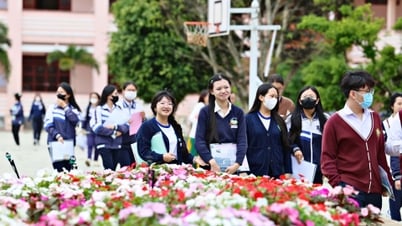
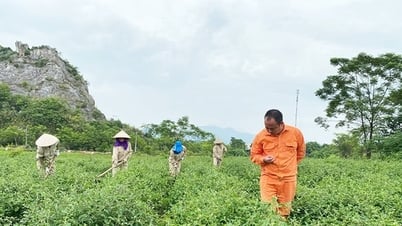












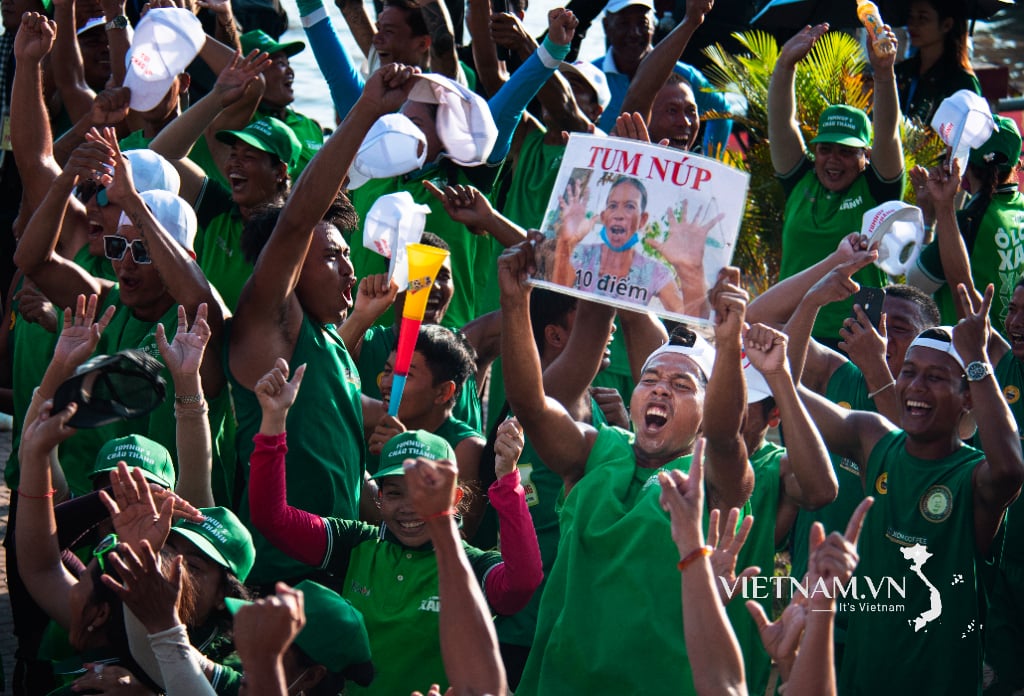
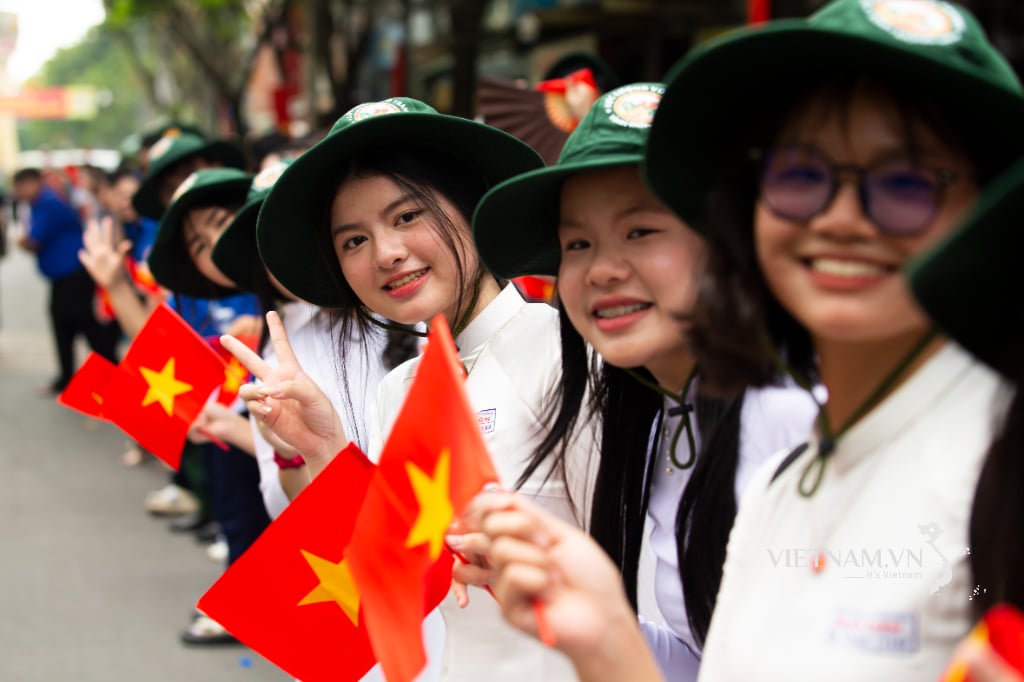

Comment (0)